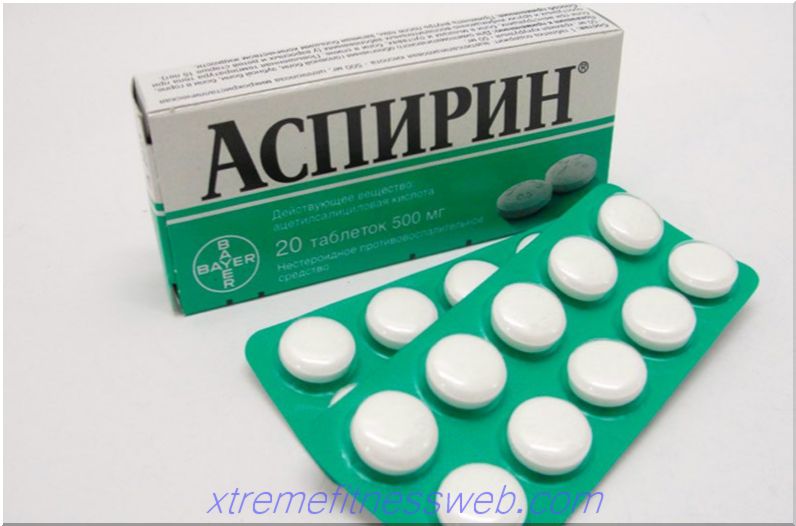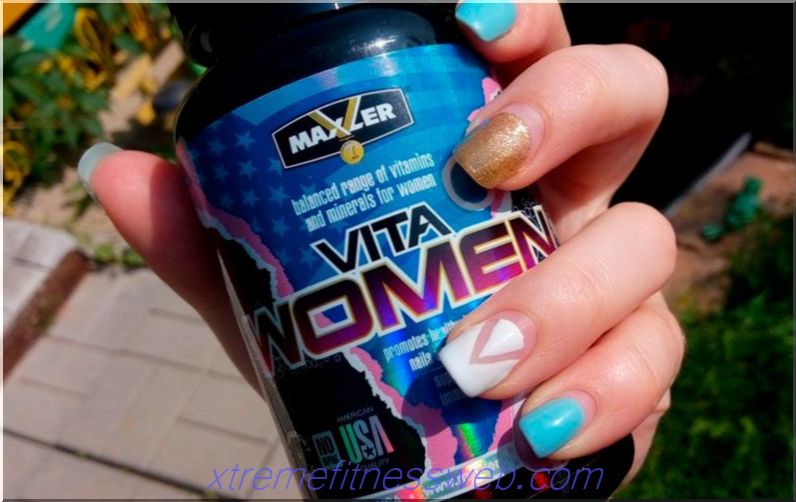
Creatine is a naturally occurring amino acid. It serves to quickly provide muscles with energy. The body not only receives creatine with food, but also produces it on its own. Any meat and poultry is rich in creatine.
Content
- 1 Benefits of Creatine
- 2 How to Take Creatine> 3 Best Time to Take Creatine
- 4 How to take Creatine
Creatine benefits
Creatine is one of the most effective and studied supplements currently on the market. It has long been reliably proven that this substance helps to effectively build muscle mass, adds stamina and strength, increases productivity.
Initially, sprinters used creatine to build muscle, which could provide maximum peak power during intense physical exertion. Thanks to these properties, it was also suitable for power athletes to optimize their performance. Over the past decades, a thorough study of creatine has revealed many of its strengths.
Creatine acts as a buffer at the cell level, as it prevents the accumulation of oxidation products in them, causing muscle fatigue. In addition, creatine helps the body make glycogen stores, and this increases the energy supply in the muscles, giving them the opportunity to work much longer. Thanks to the described properties of this amino acid, athletes are able to intensify the training process.
One recent study has shown that thanks to creatine, the body begins to more efficiently generate anabolic growth factors. These chemical intermediaries signal the body about the need to build additional muscle tissue. Such mechanisms complement and reinforce each other. Thanks to these properties, all athletes taking creatine supplements notice an incredible increase in their physical potential.
Creatine refers to nutritional supplements that are practically safe for health (without obvious overdoses). This is indicated not only by the natural origin of creatine, but also by numerous clinical trials.
How to take creatine?
Compared with other nutritional supplements, creatine intake has some subtleties. Usually it starts from the loading phase, when for 5-10 days 20 g of the drug is taken per day (preferably in four doses of 5 g). The loading phase is replaced by the maintenance phase, during which the daily dose is reduced to 3-5 g, and it can continue as long as you like.
Some athletes immediately start with a support phase, bypassing the loading shock phase. They motivate this by the fact that in this way they can avoid side effects, for example, indigestion or delayed drainage. But with this approach, it will take more time to manifest the effects of creatine exposure.
Evidence that creatine can only be taken cyclically has not yet been presented, although many tend to pause it. Since creatine prevents the formation of clear and rigid forms, it is better to refuse it immediately before the competition.
Best time to take creatine
Since creatine is absorbed as much as possible in the presence of insulin, it is best to take it with food, especially with carbohydrates or with energy drinks. The effect of creatine on the muscles is cumulative in nature, so its strict intake time is not very important. Some athletes add it to a restorative cocktail after training. Since large doses of creatine can cause indigestion, with such symptoms should reduce its dosage.
How to take creatine







